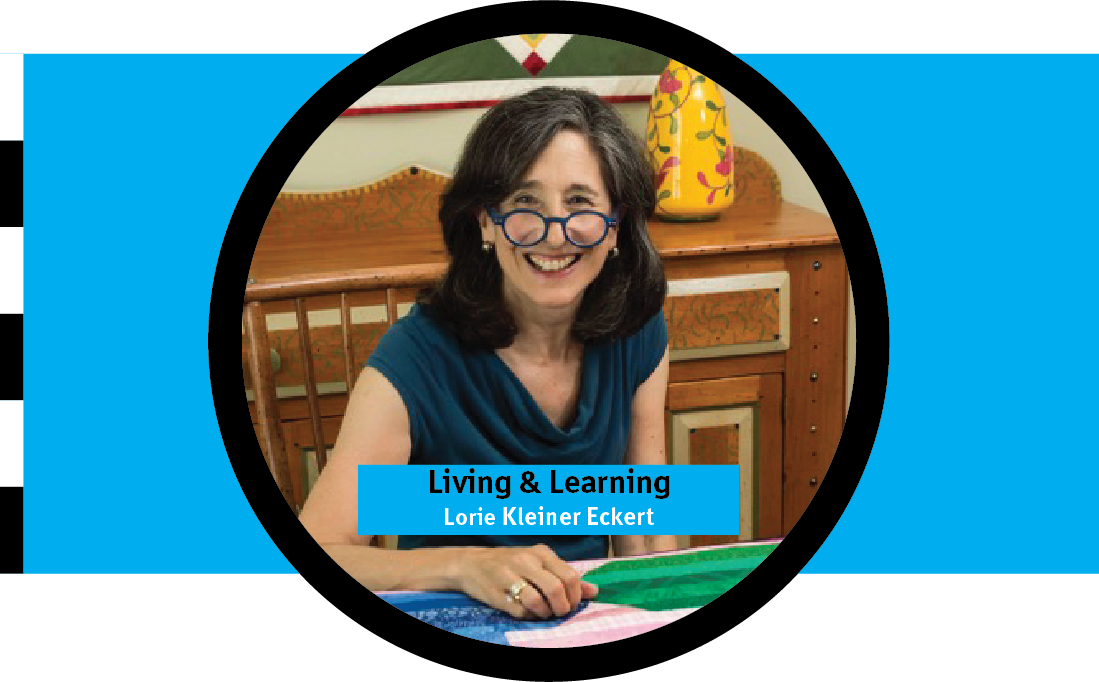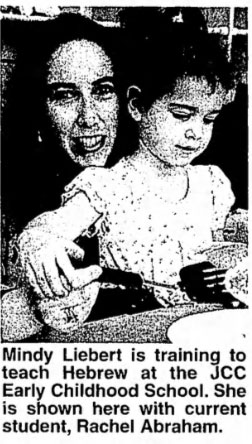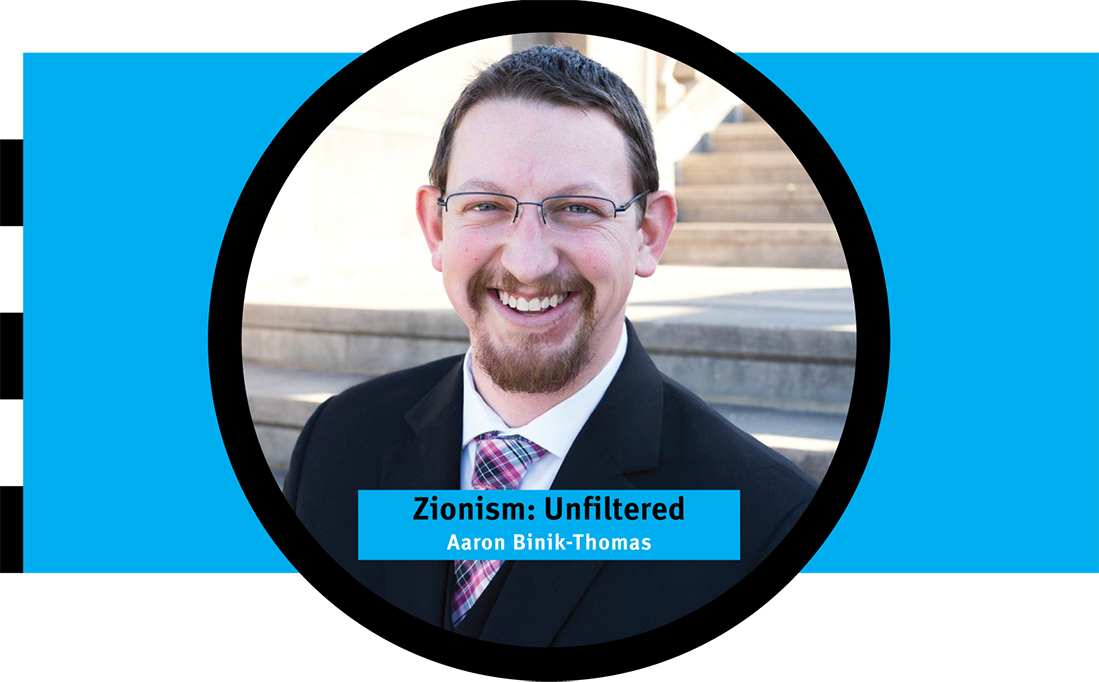It’s easy to get bitten by the genealogy bug. One little success in finding information about an ancestor makes you want to find a little bit more. A very easy place to start an addiction is via Findagrave.com. It bills itself as the world’s largest gravesite collection with over 250 million memorials. You do a search by providing as much (or as little) of this information as you may have: first, middle, and last name, year born, year died, and cemetery location. If you’re lucky, a photo of their headstone will pop up — most likely containing some new information you did not know!

I have chosen to catch this bug because of my beloved father whose only lament in life was that he did not have grandparents, aunts, uncles, or cousins. They all had lived in Warsaw and died in the Holocaust. Even knowing that six million Jews perished at that time, its hard to believe that the entire Kleiner family — or Dad thought we might be Klajners — was among them. Others must have survived!
Ten years ago, I visited Warsaw and pledged to return someday. Of course, I want to go back to honor the dead, but in our case, we don’t even know who they are. Beyond Kleiner/Klajner — and my paternal grandmother’s maiden name of Broadlap — we have no information. We have no first names. My next trip to Poland is scheduled for March,2025. It’s time to get cracking on my research.
Unfortunately, there is no one-size-fits-all for doing this research. My cousin, Anita, and I had mothers who were sisters. Anita researched our moms’ side of the family extensively finding ship manifests for our grandmother and her five siblings and for our grandfather and his eight siblings. However, to do my father’s family, the tricks she has learned on Ancestry.com won’t work. Boarding a ship for Ellis Island — or other U.S. port of entry — is vastly different from being shipped to a concentration camp.
Native Americans and African-Americans likewise have unique searches to conduct. Can you imagine trying to learn about ancestors who were enslaved? Clearly, many of us will have unique searches. Thus, a good starting point is the National Genealogical Society. They have classes and books to suggest, as well as a list of “eighteen important free websites” for research.
One of those links is perfect for me. It is JewishGen. This website has “The Family Tree of the Jewish People,” a searchable compilation of family trees that contains more than four million records and which is continually updated. The site also allows users to search databases for Poland, Belarus, Ukraine, Germany, Lithuania, and the U.S., not to mention a database of two million Holocaust records.
Of course, this also leads me to Yad Vashem, the World Holocaust Remembrance Center in Israel, which is the ultimate source for Holocaust documentation. Shockingly, they have records for over four million nine hundred thousand of the nearly six million Jews murdered by the Nazis. This is also a searchable database, which is great, except I don’t really have names to search.
Preliminary searches on JewishGen and on Yad Vashem’s website show many spellings for Kleiner/Klajner: Klejner, Klainer, Kaliner, Klener, Kleyner, and even a Klejnerszecht. As for Broadlap, that name gets no hits whatsoever. Hmmm…
Having so little information with which to proceed, I was forced to take an uncomfortable step. Years ago, I did a DNA test on 23andMe. From it I learned that I am 99.3% Ashkenazi Jewish. To learn more, and to find possible relatives, it was necessary to allow 23andMe to make my DNA public. I have been afraid to do that. Afraid I would find out my dad isn’t my dad, or that I have a bunch of half siblings, or some other bit of life altering information.
This fear is not frivolous. It is basically the synopsis of a best-selling book from 2019 called “Inheritance,” which was written by Dani Shapiro. In it she learns that her conception involved a sperm donor. Of course, both her parents were dead when she got this news from a DNA test.
It is easy to try to laugh this off and say that such things don’t happen frequently — and certainly not to ordinary people — but while creating our family tree, cousin Anita learned this exact situation exists in our family. Our mothers’ first cousin had three children, two via sperm donors. The “kids” knew nothing about this until they did DNA tests and of course, their parents were deceased when they received the news.
So, it was very frightening for me to put my DNA out there. Was I being brave, or foolhardy?
As it turns out, I was being expedient. Within twenty-four hours, 23andMe found 1500 “DNA Relatives” for me. They are listed 25 people to a page, starting with the people most closely related. Lucky for me, there are no extra siblings. Whew!
It’s the first 67 names I am interested in. They are all second cousins or closer. Since 23andMe defines second cousins as people who share great grandparents, these are exactly the folks I am looking for on Dad’s side. Their grandparents would be siblings to my grandparents! Bingo!
Looking over that first page of my list, I know five of the first seven people. Two are on Dad’s side, three on Mom’s. The other two people are a brother and sister, Samuel and Jennie. It took me a couple days, but I figured it out – they’re on Dad’s side! OMG! Living Kleiners-Klajners-Broadlaps! Can it be?
I can write to them on 23andMe, and I did! Now I wait and hope for a response.
Meanwhile, I have sixty more DNA Relatives to read about, not to mention the fact that I have ordered a DNA kit from Ancestry.com to help broaden my search. From all of this, I’m pretty certain I am going to find out about some of Dad’s family — both the living and the dead. And about this I am very certain: I have found myself a new addiction!





